Graphics Reference
In-Depth Information
3.6.6. Example.
To transform
2
2
16
x
+
24
xy
+
9
y
-
100
=
0
(3.63)
into standard form.
Solution.
We have
16
12
0
Ê
ˆ
16
12
=
Ê
Ë
ˆ
¯
Á
Á
˜
˜
A
=
12
9
0
and
B
.
12
9
Ë
¯
0
0
-
100
Therefore, I = 25, D=det (A) = 0, and D = det (B) = 0. By Theorem 3.5.1.3(3.c) we are
dealing with two parallel lines since E = 0
2
- 16(-100) = 1600. Equation (3.59) implies
that (3.63) can be transformed into
2
25
y
-=
100
0
via a rotation through an angle -q, where tan q=-4/3 .
Note that equation (3.57) implies that (3.63) is equivalent to
4
3
10
3
y
=-
x
±
,
which can easily be checked.
This finishes our discussion of the main results about quadratic equations in two
variables. In the process we have proved the following:
3.6.7. Theorem.
Every nonempty conic is a conic section. Conversely, if we coor-
dinatize the intersecting plane in the definition of a conic section, then the conic
section is defined by an equation of the form (3.35) in that coordinate system, that is,
it is a conic.
Theorem 3.6.7 justifies the fact that the term “conic” and “conic section” are used
interchangeably.
3.6.1
Projective Properties of Conics
This section looks at some projective properties of conics. There is an important corol-
lary to Theorem 3.6.3.
3.6.1.1. Theorem.
All nonempty nondegenerate (affine) conics are projectively
equivalent.
Proof.
Since the conic is nonempty and nondegenerate, Theorem 3.6.3 implies that
it is projectively equivalent to a conic with equation

